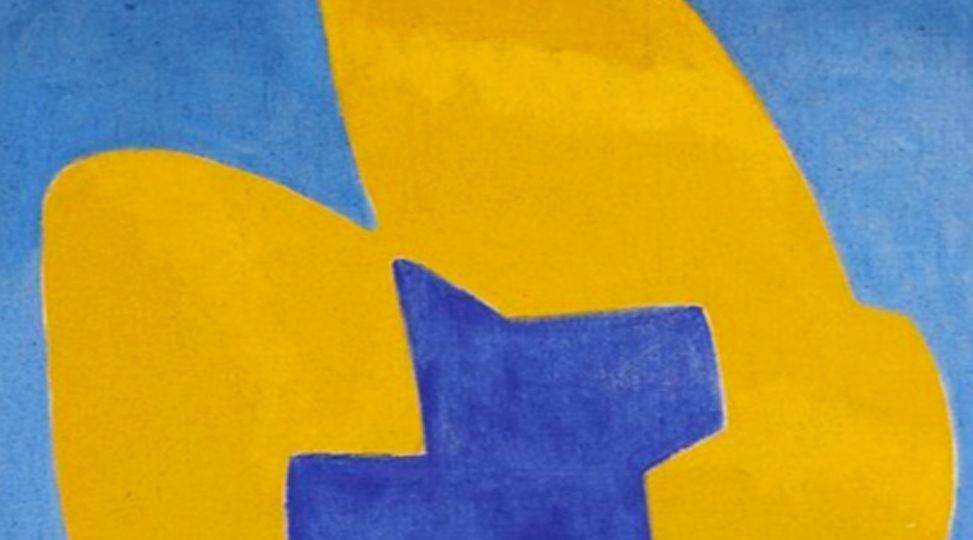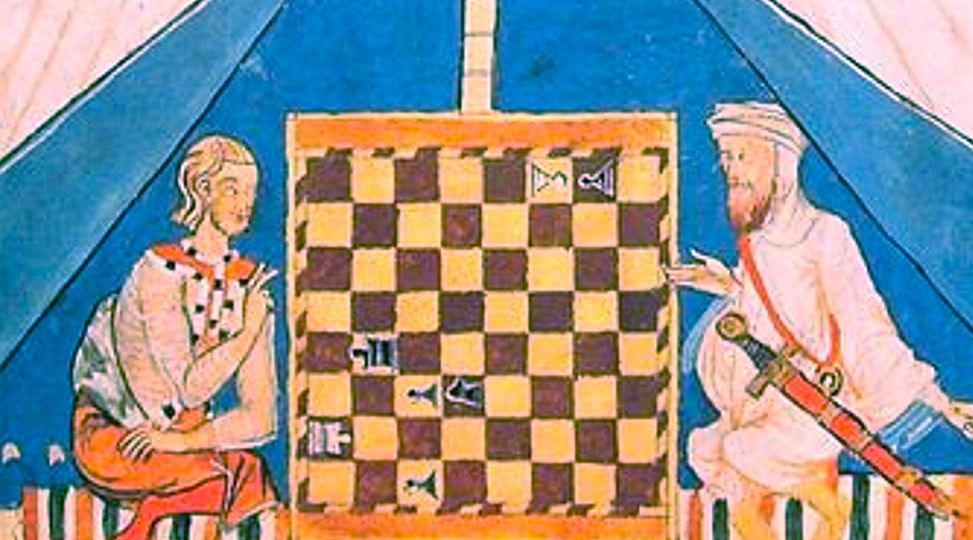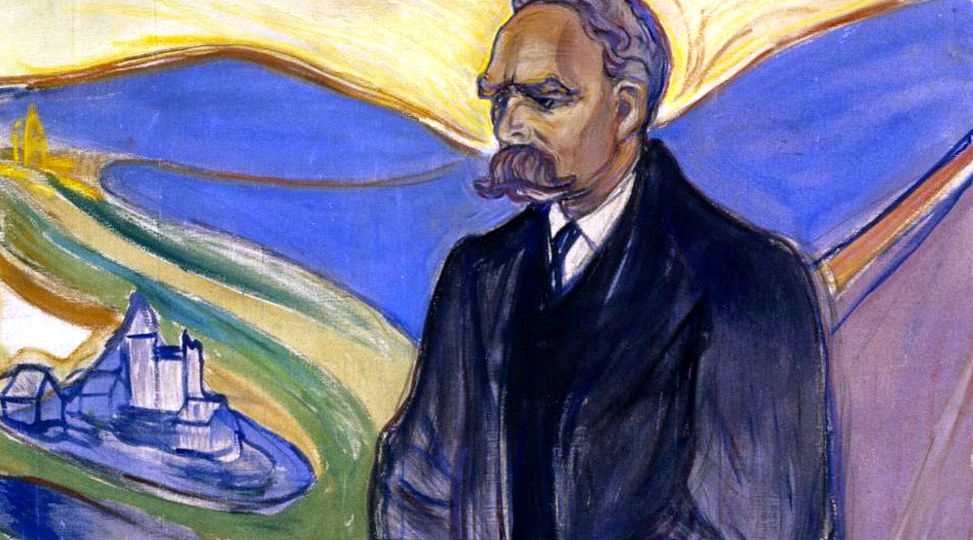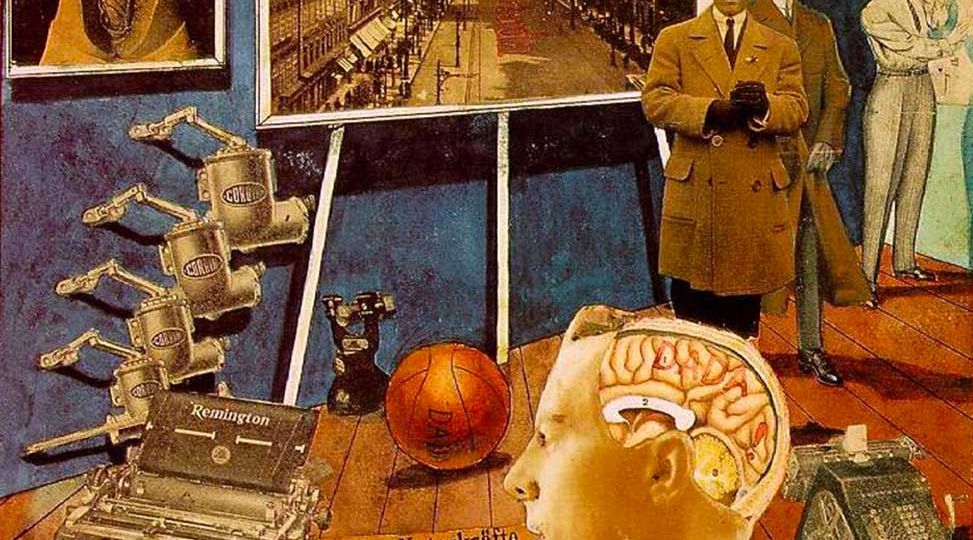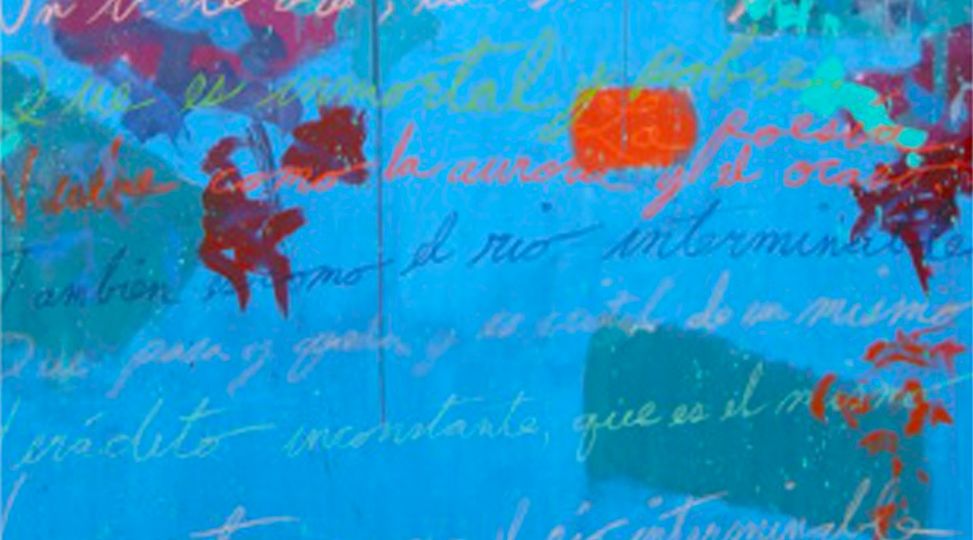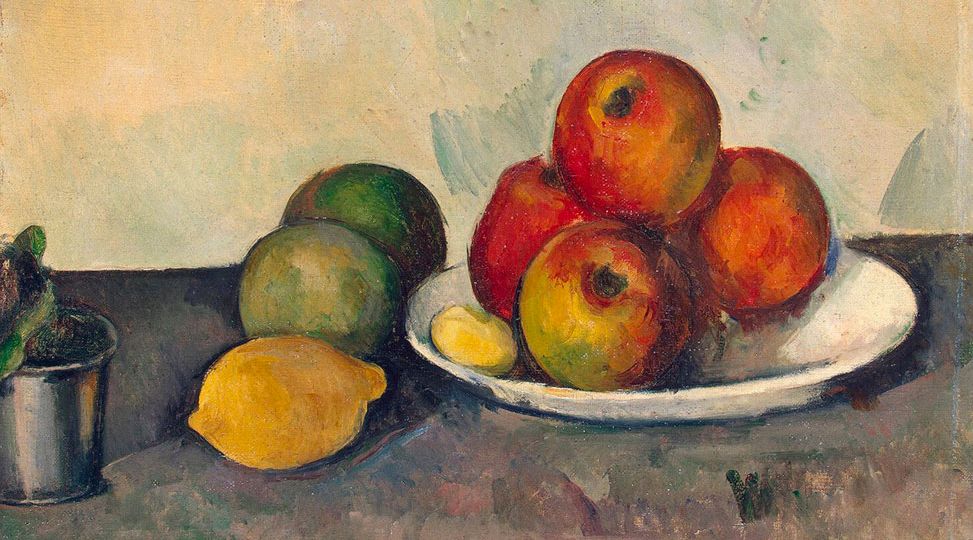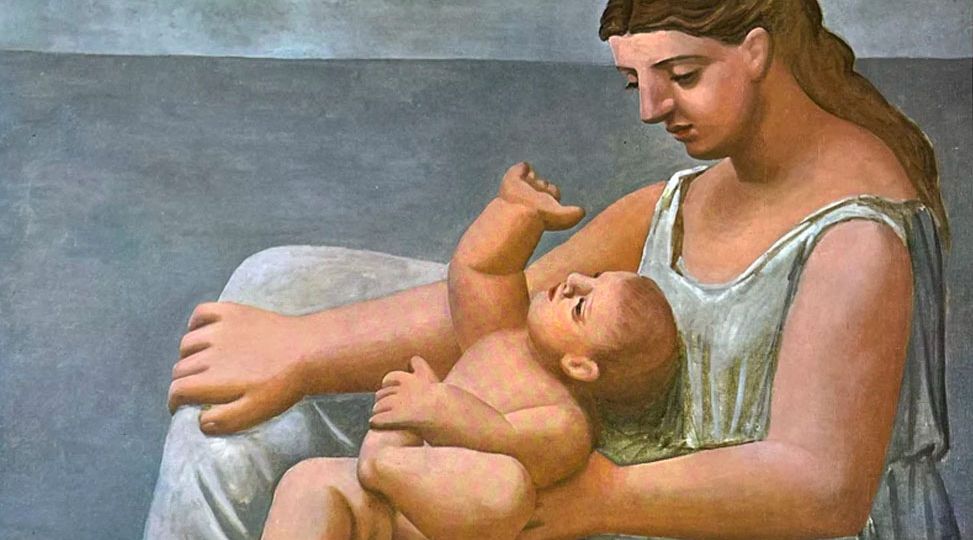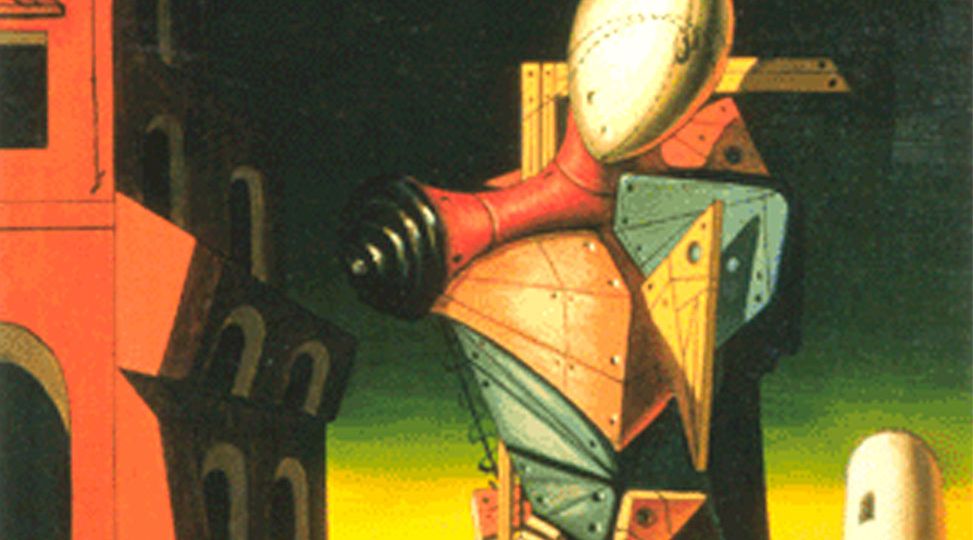Complicated conversations occur when different types of consciousness meet other kinds of consciousness, which both befriend and oppose them. You need some way of making sense of “what are the regular territories within this mad conversation?” That is what Jung achieved in Psychological Types: a flexible-enough model to cover all the collisions of consciousness that can arise.
thinking
My Feeling is definitely not a matter of determining whether simply I like or dislike something, as Hillman suggested an undifferentiated Feeling function might do. For example, I feel a hundred different aspects of a rose—smell, vibration, gentleness, tone, harmony, et cetera, and all of these come into play when I evaluate its suitability for a certain spot in the garden.
People of different types are prone to think about religion and spirituality in different ways. While type obviously does not determine a person’s religious beliefs, type is a lens through which one views the world of religion and spirituality, and as a result, contentious religious differences are often, in part, typological differences in disguise.
Rather than truly being able to move down to embrace the inferior function, to achieve “integrity in depth,” Nietzsche tries to “overcome” the problem of the personality. His fantastic intuitions are not wholly thought through, and so he is not able to deal with the real task of individuation, which asks us to ground consciousness in the reality of body and mind.
The type code had another unintended effect, which was to elevate the E-I and the J-P dichotomies to the same level as the functions. I had always thought of myself as an Introvert and nothing else. I had also been taught that I was a Judging type and I had been told that “J’s decide quickly,” but that was not true for me. So there were holes in my preference framework where my experience did not fit what I was taught.
I describe here how I discovered a new way to find the function-attitudes—the ‘building blocks’ of personality type—associated with any set of MBTI® results. I discovered this method almost by accident. My goal was to form teams of graduate design students working together to conceive, build, demonstrate, and report on a physical project.
The contrasts between the handwriting of Sigmund Freud and Carl Jung show that they had very different temperaments and give credence to speculation that the difference in their personalities was an important factor in the final dissolution of their friendship. Freud’s writing is very complex and contradictory; Jung’s very simplified and balanced.
Type enthusiasts may wonder whether we can purposely apply our personality preferences—which are comfortable ‘tools’ to make habit change a little easier. Speaking as a lifestyle medicine physician, as well as a type enthusiast for the past two decades, I believe we can. …Type affects what motivates us and how we learn new skills…
… A wise employee will come to understand the culture of the company … and recognize that the team has long since developed a certain way of taking care of others. The team uses its auxiliary function, not yours, or the one your tertiary Child expects it to use. You cannot expect an organization to take care of you in the way that you want …
Some people can be over-identified with the persona and experience inauthenticity. This identification with the persona can be due to habituation, social pressures, influences from childhood, defensiveness or anything that has given the individual a message indicating that the character of the persona is a preferable way to be.


